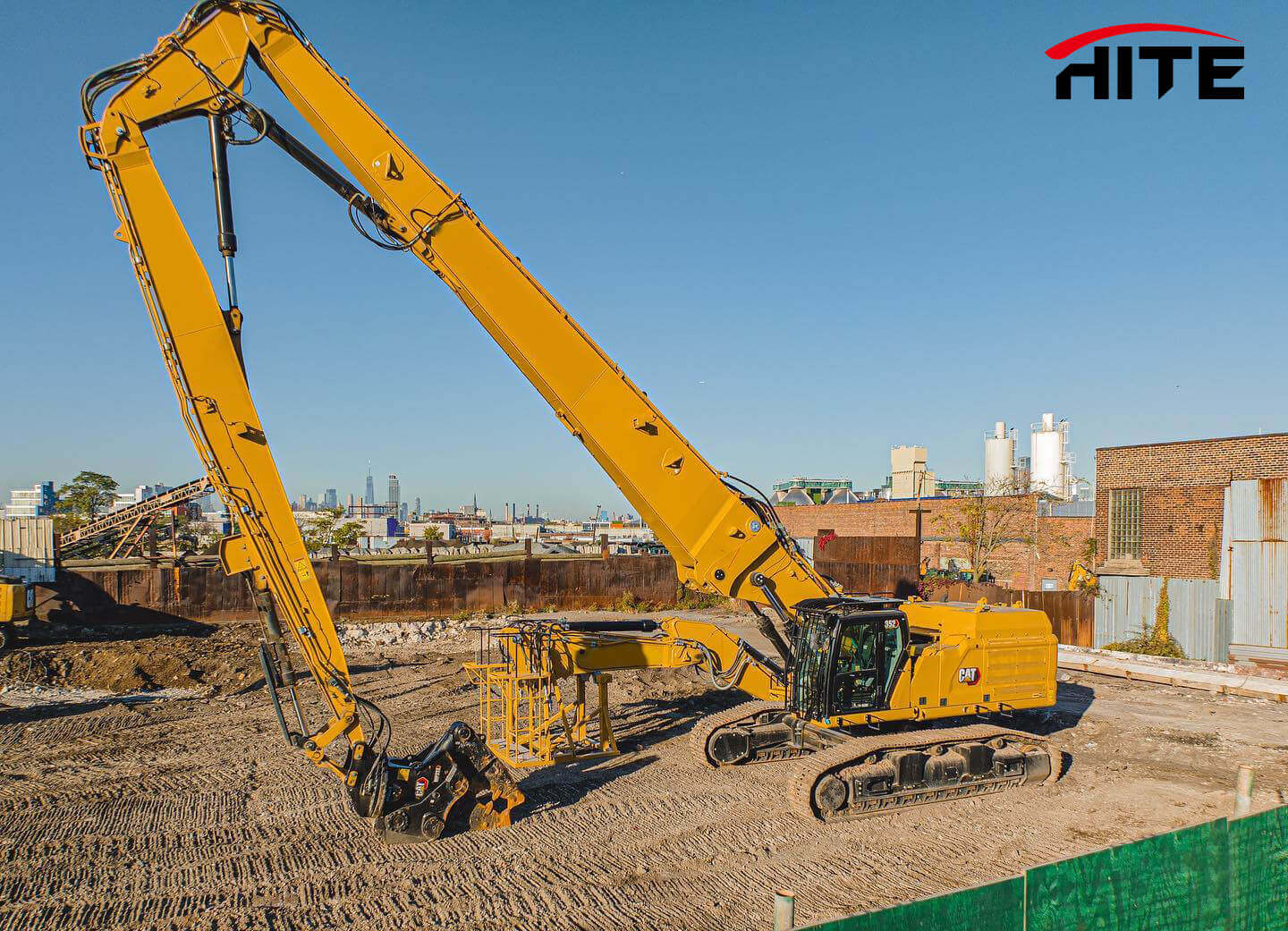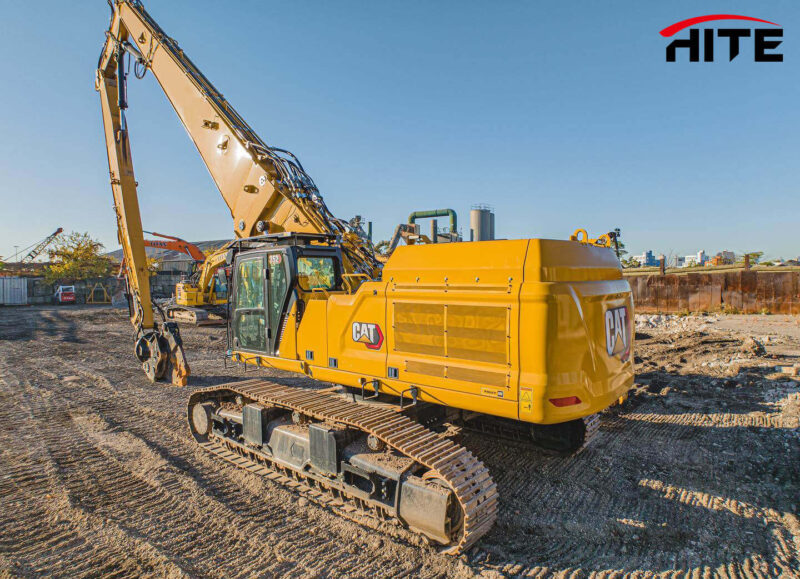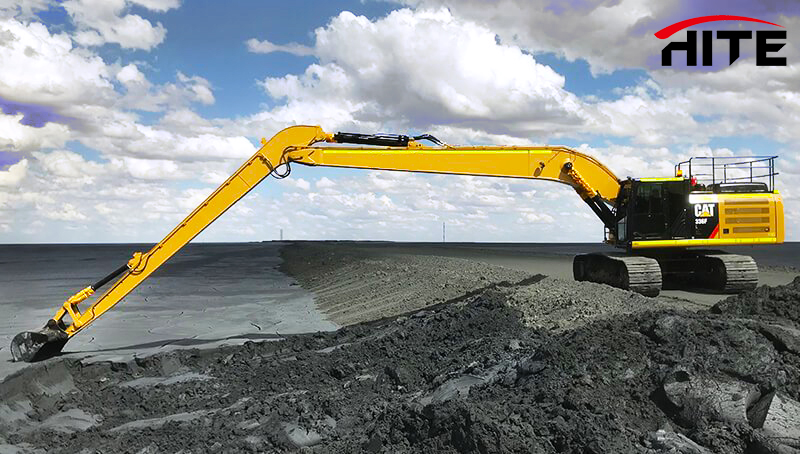The integration of excavator high reach demolition booms has significantly simplified the demolition of high-rise buildings. These booms provide improved range and control, enabling the use of larger machines for large-scale demolition tasks with increased safety and efficiency. The inherent risks of demolition work, compounded by the power of this equipment, necessitate strict adherence to safety protocols. This blog post explores the safe operation of high reach demolition booms, outlining essential safety measures, identifying potential hazards, and offering best practices.
Excavator High Reach Demolition Booms Explained
These booms are extensions fitted to excavators that increase their height, enabling them to reach higher levels of a structure without moving the machine closer. Suitable for demolishing buildings that exceed the height capabilities of standard excavator attachments, these booms can extend between 15 to over 50 meters.
Key Safety Features
Stability Control: Operating at significant heights poses stability risks. Modern high reach demolition booms are equipped with real-time stability monitoring systems to alert operators if there is a tipping risk.
Protective Structures: Operators are shielded from falling debris by reinforced cabs fitted with protective cages.
Emergency Stop Buttons: Strategically placed for quick shutdowns in emergencies, enhancing safety.
Excavator High Reach Demolition Booms Safety Procedures
Pre-Operation Checks: Conduct thorough inspections of the excavator and boom for wear or damage before any demolition activity. Confirm that all safety systems are operational.
Site Assessment: Evaluate potential risks like underground utilities and the structural stability of the building. Establish exclusion zones to keep unauthorized personnel and equipment away.
Operator Training: Operators must receive specialized training in high reach demolition equipment operation, focusing on both routine and emergency procedures.
Examples of Hazards and Mitigation Strategies
Toppling: Ensure the excavator operates within its stability range using monitoring systems.
Falling Debris: Operators should remain in reinforced cabs and follow personal protective equipment guidelines. Clearly mark and maintain debris fall zones.
Structural Collapse: Conduct structural analyses and plan demolition sequences to control the demolition process safely.
Case Study: Safe Demolition Practice
In a scenario involving the demolition of a 30-meter tall building using a high reach demolition boom, the operator performed a detailed pre-demolition assessment to identify key structural elements and potential hazards. The demolition began with the removal of the upper, lighter floors, progressively moving to the more substantial structures. Real-time stability monitoring and strict enforcement of exclusion zones ensured a safe and efficient demolition process without any accidents.
Conclusion
Excavator high reach demolition booms have greatly enhanced the safety and efficiency of demolishing tall structures. However, their advanced capabilities also increase the responsibility of ensuring safe operation. By adhering to the safety guidelines and measures discussed, operators can significantly reduce risks and protect themselves and the public from the dangers inherent in demolition work. Ensuring the safe operation of such equipment is not merely a regulatory requirement but a vital practice for preserving human lives and property during demolition projects.








Leave A Comment